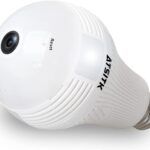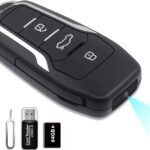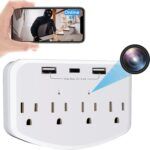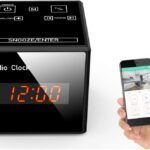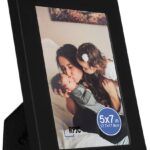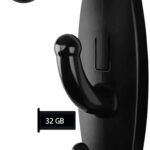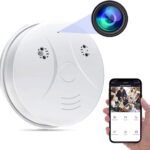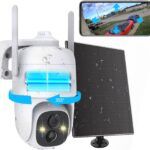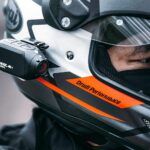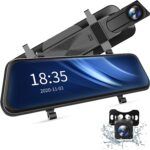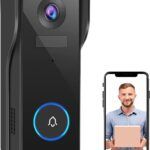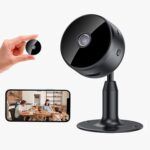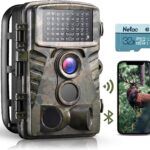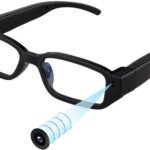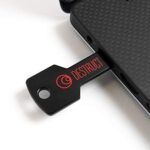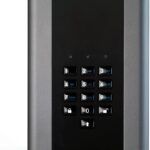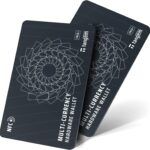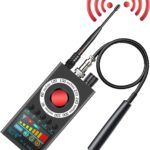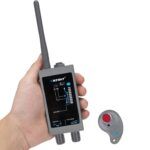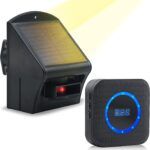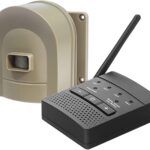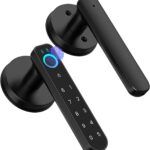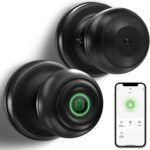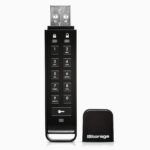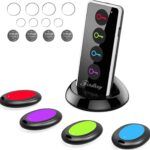Water resistance level refers to the extent to which electronic devices can withstand exposure to water or moisture. Devices are rated on a scale of IP (Ingress Protection) followed by two digits, with the first digit indicating the level of protection against solid particles like dust and the second digit indicating the level of protection against water. For example, an IP67 rating means the device is completely protected against dust and can withstand being submerged in up to 1 meter of water for 30 minutes.
Devices with a high IP rating (such as IP67 or IP68) are considered highly weather-resistant, as they can withstand prolonged exposure to water, dust, and other particles. MIL-STD rated devices are designed to meet specific military standards and are more durable and rugged than other devices.
Different devices have different water resistance levels depending on their intended use and design. Waterproof cameras and GPS trackers are designed specifically to withstand being submerged in water for extended periods of time. Weatherproof cameras and GPS trackers are designed to withstand exposure to rain, snow, and other types of weather, but may not be able to withstand complete submersion. It’s important to consider the intended use of the device and the water resistance level when purchasing and using these devices.


